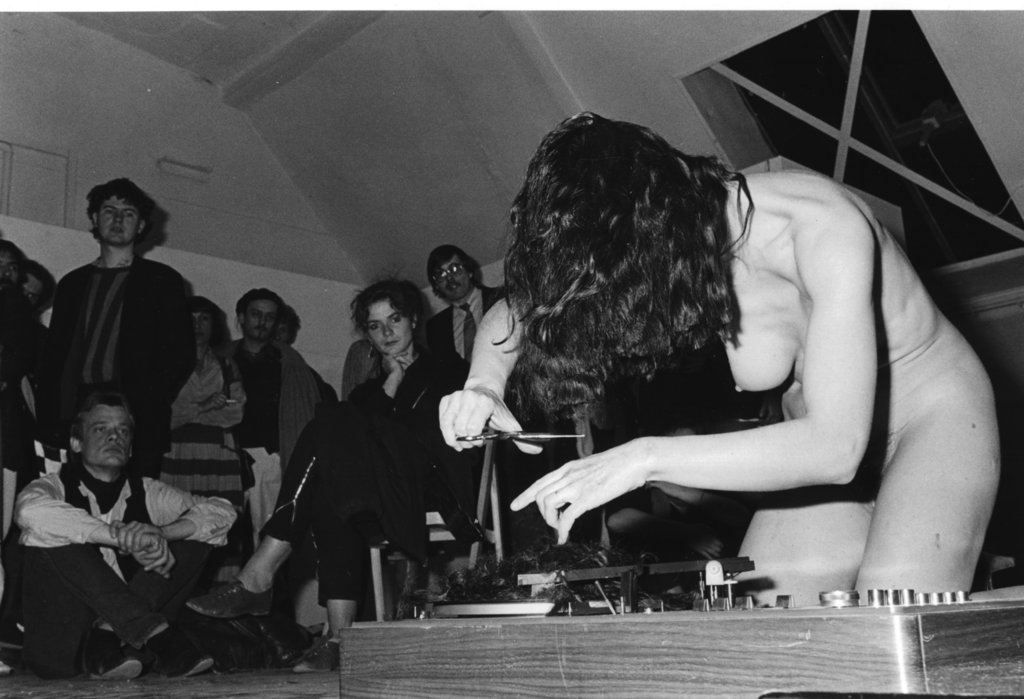Artists from Eastern Europe in Berlin: Ewa Partum
This conversation is part of a series of interviews with artists from Eastern Europe who live and work in Berlin. The city has attracted artists from Eastern Europe for a long time: especially during the Cold War and into the 1990s, its peculiar geo-political situation gave it a unique ambience that attracted artists from all over the world, but especially from the East. How do these artists experience the city today? How do they look back on the hopes and expectations with which they once arrived? Have they settled for good, or are they considering moving elsewhere? Do their Eastern … Read more





